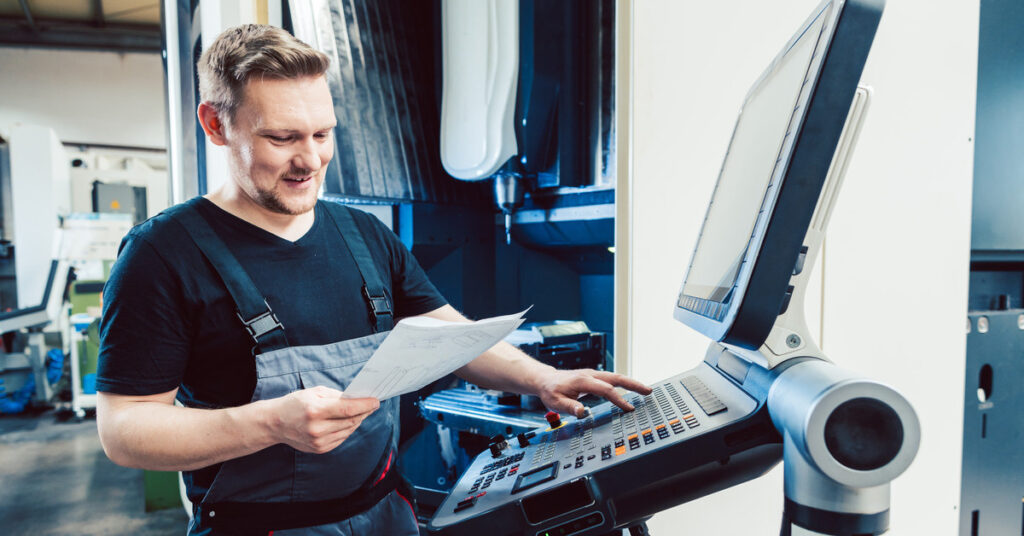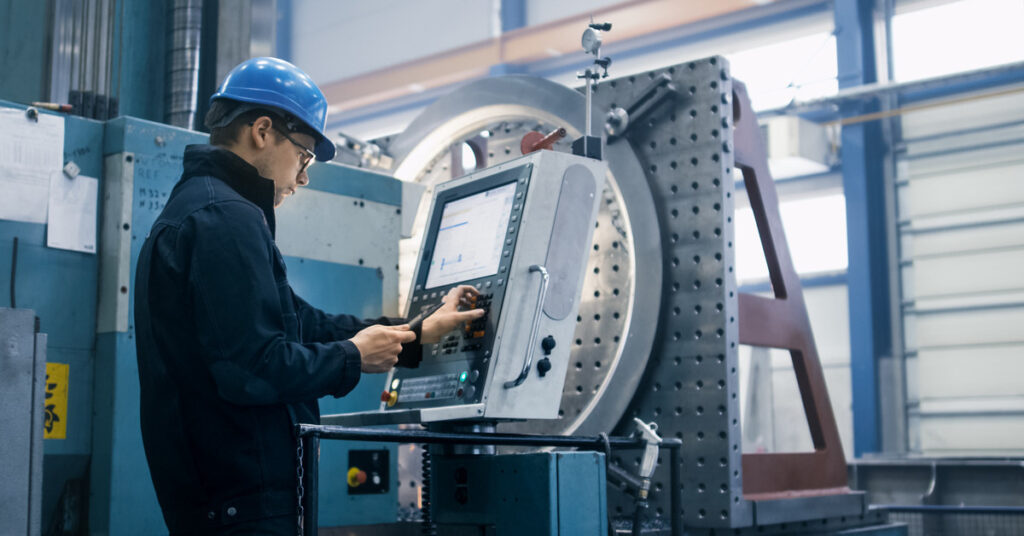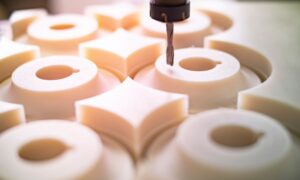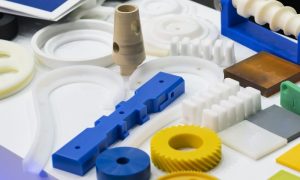Machining has evolved dramatically over the years, offering manufacturers various methods to shape raw materials into various parts. Two primary approaches—traditional machining and CNC (computer numerical control) machining— dominate the field today. Understanding the difference between traditional and CNC machining is necessary for anyone involved in manufacturing, from designers to engineers.
The Basics of Traditional Machining
Traditional machining methods have existed for centuries. These techniques typically involve manual control, where skilled machinists operate lathes, milling machines, and drill presses to shape materials. The operator’s expertise plays a role in the quality and precision of the final product.
Machinists often need to make manual adjustments to achieve the desired specifications, which can make this process labor-intensive. While this method offers a high level of control, it is also susceptible to human error. Creating consistently high-quality parts can be challenging without experienced operators.
The Rise of CNC Machining

CNC machining relies on computer software to control equipment and make precise, automated movements, reducing the need for manual intervention. Designers and engineers can use computer numerical control machining to create intricate parts that would be nearly impossible to produce manually.
For example, at Miller Plastic Products, we program CNC machines to manufacture laboratory-quality fire engine water tanks. These tanks require precise measurements and complex designs, which we can easily achieve with CNC machining.
Speed and Efficiency
A significant difference between traditional and CNC machining is how fast you can produce parts with these methods. Traditional methods often involve multiple steps requiring manual adjustments and realignment. This can slow the manufacturing process and increase the likelihood of errors.
In contrast, CNC machining can perform multiple operations without the need for manual intervention. The software can quickly switch between tasks, making the entire process fast and efficient. Rapid production is important for meeting deadlines and fulfilling large orders.
Flexibility and Versatility
Traditional machining offers a high degree of flexibility in handling various materials and custom projects, yet it requires skilled operators to switch between different tasks. This can be time-consuming and may limit the types of projects a team can complete.
Computer numerical control machining, on the other hand, offers unparalleled flexibility and versatility. Machinists can program the software to handle a wide range of materials and complex designs. Then, manufacturers can adapt to different projects without significant downtime. Switching between tasks is as simple as loading a new program, making CNC machines ideal for diverse manufacturing needs.
Labor and Skill Requirements

Skilled machinists produce high-quality results, which makes labor a critical factor in the production process. However, training new operators can be time-consuming and costly, adding to the overall expense of traditional machining.
CNC machining requires less manual intervention and a different level of expertise. Still, skilled operators are necessary to program and maintain the equipment. The focus shifts from manual control to understanding and operating the software. This reduces the dependency on highly skilled labor and potentially lowers labor costs.
Cost Considerations
Cost is always a big consideration in manufacturing decisions. Traditional machining generally has lower initial costs than CNC, making it ideal for small-scale projects or businesses with limited budgets. The equipment is generally less expensive, and the setup costs are lower.
However, the long-term costs of traditional machining can be higher due to labor expenses and material waste. The need for skilled operators and the potential for errors can add to the overall cost of production.
CNC machining, while having higher initial costs, offers long-term savings. The efficiency and precision of the equipment reduce material waste and production time, which can lower overall costs. The ability to handle high-volume production also makes CNC machining cost-effective for large-scale projects.
Quality and Consistency
Achieving consistent quality is a significant challenge in traditional machining. Relying on manual control means that even slight variations in the operator’s technique can affect the quality of the final product.
CNC machining eliminates these issues by automating production. It produces each part to the specifications entered into the software. This is particularly important for uniformity in the automotive and electronics manufacturing industries.
Maintaining consistent quality also enhances the reputation of manufacturers. Customers can rely on receiving high-quality products, which leads to increased trust and repeat business.
Material Capabilities
Traditional and computer numerical control machining can handle a wide range of materials, from metals to plastics. However, the methods may differ in efficiency and effectiveness with various materials. Some machinists prefer traditional machining when working on straightforward projects.
CNC machining has advanced capabilities and can handle complex materials and designs. It offers precision and control, making it ideal for materials that require delicate handling or intricate detailing, including carbon fiber and advanced alloys.
Working with diverse materials expands the possibilities for manufacturers to sharpen their competitive edge. They can take on more challenging projects and explore new markets.
Design and Customization
Design flexibility is a key advantage of CNC machining. An engineer can program the software to customize parts, which supports innovation and creativity. This is particularly beneficial for businesses in industries that require unique or specialized components, such as medical device manufacturing or aerospace.
Traditional machining offers customization but has limitations due to its manual nature. Complex designs may be challenging to achieve, and the process can be time-consuming. CNC machining streamlines this process, making it easier to produce customized parts.
Environmental Impact
Sustainability is an important consideration in manufacturing. Traditional machining, with its manual processes and potential for material waste, may have a higher environmental impact than CNC processes. Additionally, the reliance on skilled labor could reduce the efficiency of energy consumption.
The proficiency of CNC machines reduce material waste and lead to a smaller environmental impact. Additionally, the automation of the process can result in more efficient energy use.
Future Trends in Machining
The future of machining holds continued advancements in CNC technology. Computer numerical control machine manufacturers will further enhance capabilities with artificial intelligence.
While traditional machining offers hands-on control and flexibility for custom projects, CNC machining provides unmatched precision, efficiency, and versatility. See the difference with our plastic CNC machining services at Miller Plastic Products.




